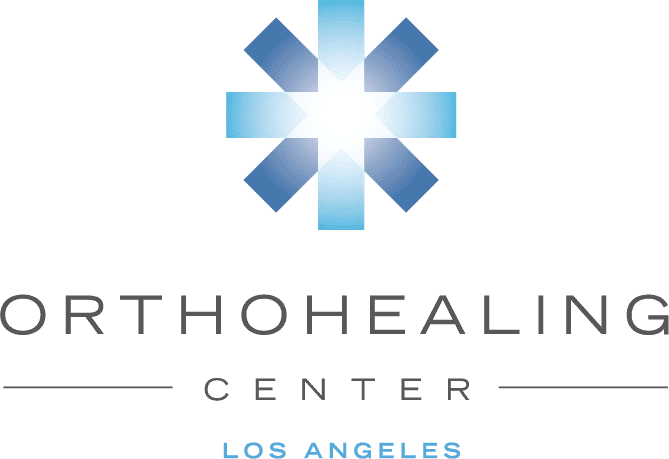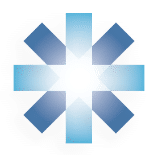Holy cow, or should I say holy horse! I just returned from the 1st North American Veterinary Medicine Conference in Santa Ynez, CA (outside Santa Barbara). The host was the world renowned Alamo Pintado Equine Medical Center. Originally expecting around 1oo Vet’s, PhD’s, & MD’s the group soared to over 3oo. There was a good energy amongst participants, eager to exchange info about their practice. There were specialists locally & abroad. There were outstanding presentations covering stem cell applications and PRP (platelet rich plasma) among other emerging therapies. I observed a Horse fat cell procedure to regenerate cartilage.
While I try to keep my posts to the point, I knew I may have a hard time with this one b/c I was overflowing with enthusiasm as I sat there. The Vet world is leading the way for regenerative medicine.
An interesting point that was made by perhaps the most exciting & informative presentation was by Dr Arnold Caplan from Case Western. Dr Caplan introduced the concept of “self cell therapy.” Mesenchymal stem cells (MSC’s) are injury specific drugstores. He postulates that stem cells live on the outside of blood vessels called “pericytes” and create an environment for regeneration. As we age our stem cell reservoir depletes itself, thus delaying healing. For example 1/10,000 cells is a stem cell in a newborn. by 80 years of age the ratio is 1/2,000,000! These “self paramedics” decrease in availability.
Also Dr Caplan added that stem cells may need to be directed to differentiate into various cells (bone, cartilage, etc). A growth factor protein called TGFB (increased in PRP) drives bone marrow adult stem cells to create cartilage. While adipose (fat) stem cells require a different protein to drive them to cartilage cells (BMP6). Bottom line is there is a ridiculous amount of understanding occurring in biologics. And even more to learn.
A material called Collagenase was discussed, interestingly it was just approved for use in the US for Duptyren’s contracture of the hand (where the tissue hardens up and causes decreased function). This is also being studied for frozen shoulder. Interesting to see parallel advances of this application in humans & animals.
Overall there was a consensus that needling with water or saline can improve a damaged tendon. This is in agreement with the recent JAMA article on PRP that showed a positive effect in both the treatment & control group for achilles injuries treated with PRP.
Also there was a consistent point that horses treated earlier often have better outcomes with stem cells & PRP than do longstanding injuries that were not treated promptly.
I have never heard of “Regional Perfusion” a process whereby medications or stem cells or PRP is delivered to an affected extremity that is difficult to access (a small ligament in the horses foot). A tourniquet is applied to keep the treatment localized & it is injected intravenously. I am not aware of this method being applied to humans.
Antibiotics were found to be harmful to stem cells. Hyvisc or hyuloronic acid was used for tendon injections to increase stem cell residence. I was only aware of it’s use in humans for arthritis using (synvisc, supartz) but not for tendons.
A presentation from Cornell noted that PRP & stem cells profoundly control a catabolic effect in the joint for arthritis. They found that the PRP or stem cells did not adhere to the cartilage defect yet had a great effect. They felt that the synovial tissues/membrane (joint fluid) was significantly impacted. This is important for further research that may look specifically for cartilage regeneration compared to functional improvements. A new gene SOX 5 may drive cartilage repair.
As expected perhaps my most lengthy post of all time! But I may beat it next yr.
Dr Sampson



